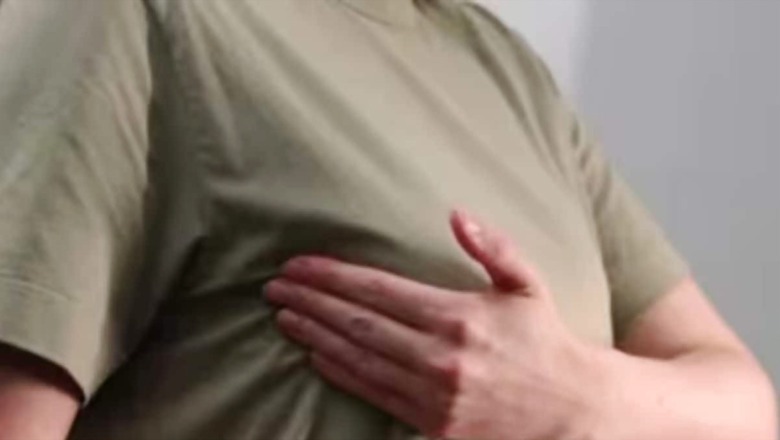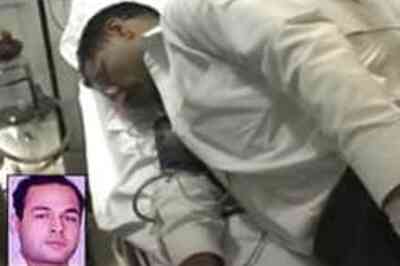
views
Breast cancer is one of the cancers that is most widely spread in women across the world, and the presence of a lump in the breast can be one of the breast cancer symptoms. Dr Sapna Raina, Senior Consultant, Obstetrics & Gynecology, Robotic Surgery, Narayana Health City, Bangalore shares about what a lump feels like, what are the early signs, and what should be done to prevent its appearance.
What is a lump in breast cancer?
A breast cancer lump is also called a tumor; it refers to an abnormal mass of tissues that develops due to excessive growth of the cells of the breast. These lumps can also be of different sizes and shapes. Bonnan lumps are generally soft and movable in most cases, this is not the same for breast cancer lumps that are usually hard with irregular shapes and are immobile. Most lumps are painless hence patients can overlook them during the diagnosis.
How does it feel?
Oftentimes, a breast cancer lump feels as if a hard dense area lies under the skin. However, unlike benign cysts and fibroadenomas which have smooth rounded lumps, this may have poorly defined contours. Some lumps are painful when felt while others are not and this makes regular self-examination important even for those that present with no pain.
Early Signs and Symptoms
Apart from the lump, other early signs of breast cancer are:
- Changes in the shape or the size of the breast
- Skin dimpling or puckering
- Leakage from the nipple especially blood
- Nipple pain a Nipple Discharge
- Redness, swelling, or warmth in the breast
- Swelling in the armpit due to lymph node involvement
Causes and Risk Factors
Generally, there is no definitive single cause of breast cancer, but the following can be regarded as contributors:
- Hereditary mutational syndromes such as BRCA1, and BRCA2
- Family history of breast cancer
- Feminine hormone therapy (estrogen)
- Obesity, smoking, and alcohol
- Exposure to radiation in the upper body
Prevention and Identification
If performed correctly, breast self-exam, mammography and breast cancer examinations on clinical basis are useful in early diagnosis. Women aged 40 and above and those with a family history of cancer need to have a mammogram once an year. Living a healthy life with balanced food, physical activity, and no tobacco and alcohol adds up in decreasing the risk.
The detection of lump or any other alarming symptoms of soft tissues within the context of the wrong side gamma knife for a gynecologist – this decision should be construed as-rigid. This observation lies in early disease diagnosis and treatment improvement of therapeutic outcomes.


















Comments
0 comment